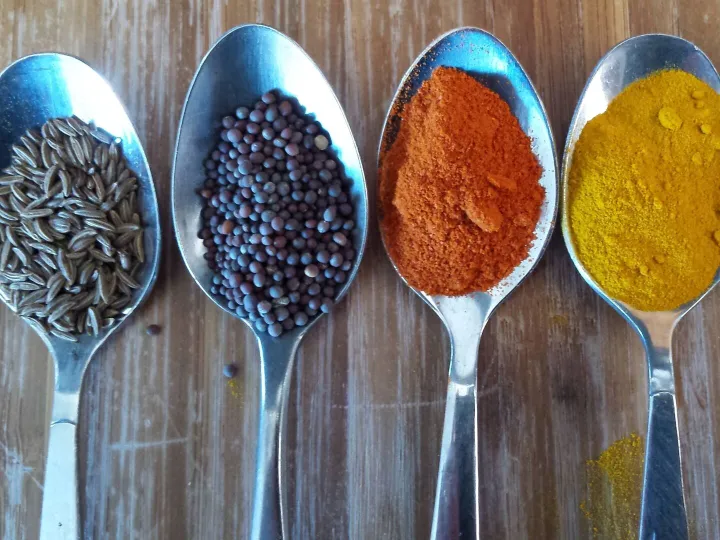Restaurant kitchen paint finishes
Paint as a hidden player in hospitality
The food on the plate and the service at the table may be what diners remember, but the walls, ceilings and trim are working quietly in the background. In restaurants, paint isn't just decorative filler; it must look good, withstand pressure, and, in many cases, help protect public health.
UK businesses operating under close hygiene inspections know that finishes are no afterthought. When talking about the best paint finishes for restaurants, the conversation now includes words like "low-VOC", "washable" and "anti-microbial". In other words, coatings are joining refrigeration and cleaning protocols as part of a restaurant's hygiene armoury.
The case for low-VOC paints
For years, decorating projects in hospitality have meant battling strong odours and lingering fumes, the inevitable side effect of solvents known as Volatile Organic Compounds. Today, guests and staff are far less willing to accept that compromise. Low-VOC paints, developed to reduce chemical emissions, are the modern response. They perform impressively in coverage and colour, but crucially, they do not give off the same level of irritants into the indoor atmosphere. In a dining environment where fresh air and appetising scents are part of the promise, this matters.
Many chains now require low-VOC specifications across refurbishments, often paired with mechanical ventilation to ensure healthy indoor air. For managers reviewing the best paint finishes for restaurants, the VOC rating has become a deciding factor, just as important as shade cards or price points. It also adds weight to sustainability messaging, a growing concern for environmentally minded diners.
Anti-microbial surfaces for quiet protection
The pandemic accelerated interest in hygienic coatings, but the trend had been underway long before 2020. Paints with anti-microbial technology, often using additives like silver ions, provide an invisible line of defence against bacterial and fungal growth. They will not replace a mop, a cloth or detergent, but they do limit the ability of pathogens to cling and spread on surfaces that are cleaned frequently but not continuously.
In practical terms, this means walls and ceilings in kitchens, toilets, and corridors remain fresher in appearance while resisting odours and discolouration. For operators under regular environmental health inspections, such a coating can signal diligence as well as offer peace of mind. Where durable restaurant paint finishes are required, anti-microbial products add a further layer of insurance, helping owners reduce risk and reassure staff and guests alike.
Standing up to everyday punishment
Even the finest dining rooms contain a hidden battle: chair backs scuffing emulsion, elbows leaving marks, and cleaning chemicals eroding surface layers. In kitchens, heat and grease add another level of challenge. This is why domestic paints, however good their colour, rarely survive in restaurants. Hard-wearing coatings are designed differently, often with enhanced scrub ratings, so they withstand repeated cleaning without losing their sheen or depth.
Washable matt and semi-gloss finishes are particularly in demand, offering both contemporary style and easy maintenance. Investing in durable restaurant paint finishes makes a clear financial case: fewer repaints, less downtime and consistent brand standards across multiple locations. For national groups, specifying the same robust system across an estate also keeps maintenance cycles predictable, easing budget planning for facilities managers.
Design, compliance and commercial sense
Choosing colours and finishes has always been tied to branding, but now those choices are inseparable from compliance and economics. Low-VOC products maintain air quality, antimicrobial coatings ensure hygiene, and durable systems reduce the need for refurbishment costs. Together, they define the best paint finishes for restaurants in today's market.
Contractors with experience in hospitality can advise on which systems meet British Standards, carry relevant environmental certifications and still achieve the visual impact designers are seeking. For restaurateurs juggling front-of-house experience with back-of-house efficiency, paint is not a trivial detail but part of the broader business model. Ultimately, a dining room's walls are as much a stage for the brand promise as the food itself; ensuring they remain clean, safe and vibrant is no indulgence but a practical investment with measurable returns.

